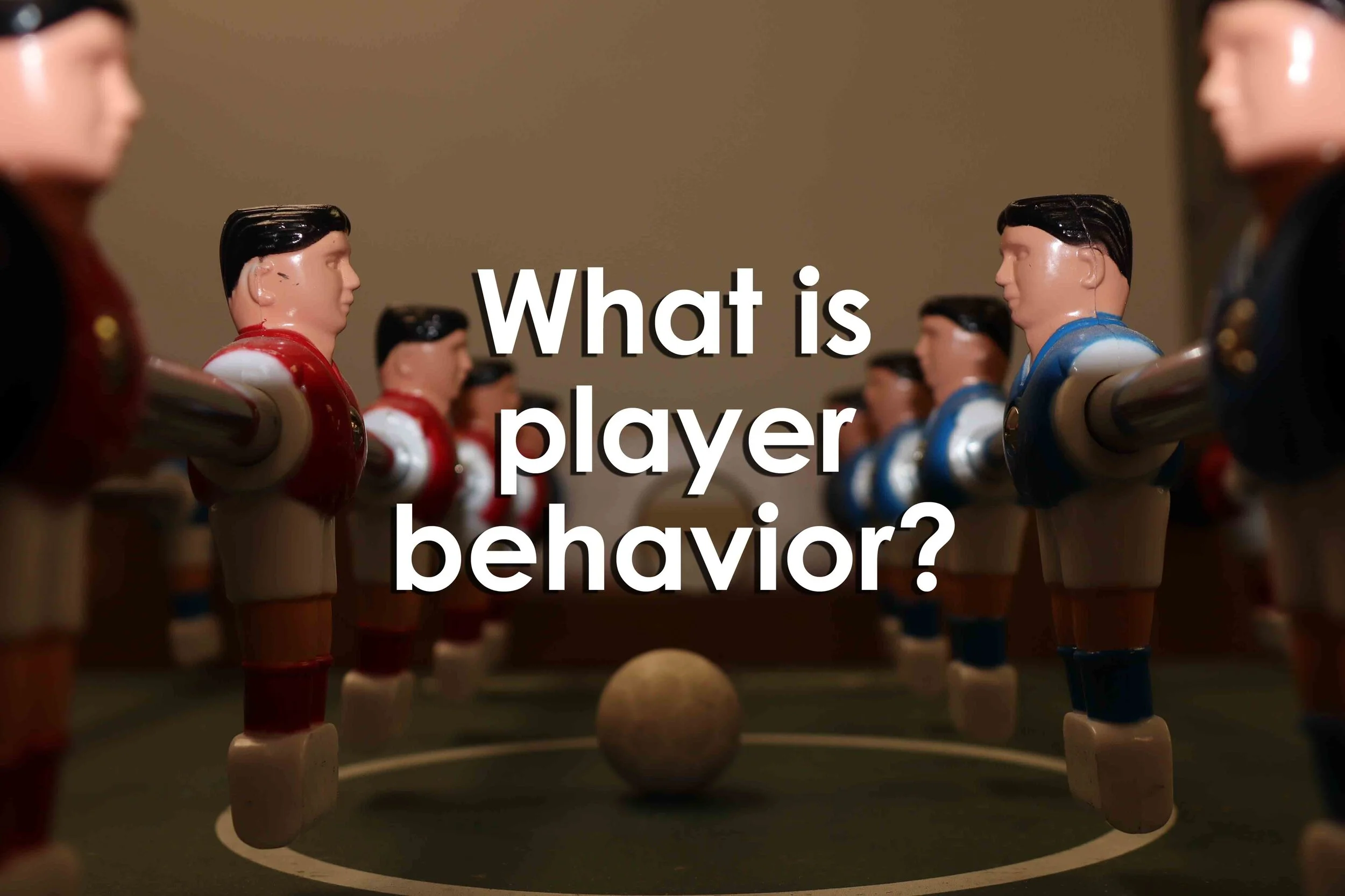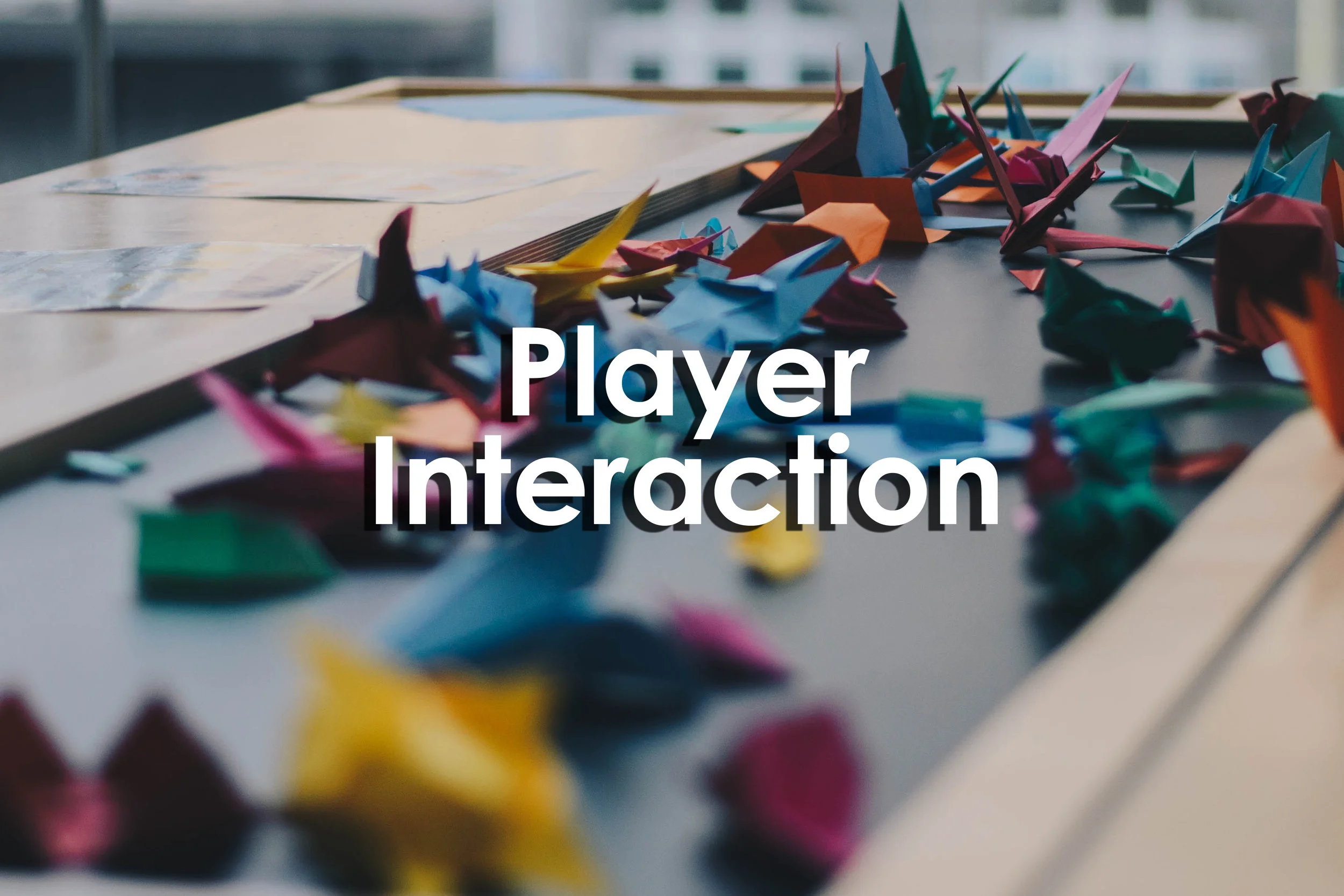This article will discuss two formative issues with game design: constraints and scope creep. While separate articles and books could address both topics, this article will discuss them as a singular issue as constraints in the design process can often mitigate the scope creep of game design projects.
Read MoreThis article will define game balance for the purposes of this discussion. Game balance will be addressed as a factor in game design. Game balance strategies will also be covered from a development standpoint. Game balance also plays a critical role in defining and shaping the player experience. Therefore, game balance will be addressed as a factor that is both experienced and interpreted by players. Finally, game balance principles will be covered as it relates to the design process and its relationship to player agency and competency
Read MoreThis article will define expectancy theory as well and describe its origins for understating human motivation and behavior. Motivation will also be covered as a facet of the educational process as well as expectancy theory’s origins in management as a way to better connect employee performance and rewards.
Read MoreThis article will review how to make more visually accessible games. This should be done to make games as accessible for more people: players, learners, and student included. By making games more visually accessible we adhere to better design choices that result in the creation of better games. Visual accessibility options for players will be discussed as well as the use of interactive fiction for engaging vision impaired players. A list of curated resources for vision impaired players is also included.
Read MoreThis article will review megagames. It’ll define what megagames are as well as the history of megagames. The structure of megagames will be explained as well as how role-playing and engagement occurs within the game. Player hierarchies are an interesting component of megagame structure and will be explored in greater depth. Megagames are administered by a certain group of people called “control.” Their engagement greatly impacts the player experience. Design aspects of megagames will be covered as well as how megagames can be used for games-based learning.
Read MoreThis article provides a definition of player agency in games. Player agency includes making sure that players are provided with meaningful decisions during their play. This article reviews the concepts and scope of players’ meaningful decisions as well as the requisite components that make up player agency. Player agency is reviewed from multiple perspectives. Those perspectives include from within the magic circle; from within the game design; and lastly from the designer.
Read MoreThis article will address why understanding player behavior is important. Player behavior will be defined as well as what characteristics make up player behaviors. Influences that affect player behavior are reviewed in depth as well as different players’ responses to different influences in the game environment. Finally, outcomes of player behaviors are discussed as well as how to design to capitalize on them.
Read MoreThis article will answer what learning games are. In addition, common problems and challenges with learning games will be reviewed. Key characteristics of learning games will be provided as well as attributes that make good learning games. The article closes with how to design learning games as well as provides an argument on using games for learning.
Read MoreThis article will address how accessibility affects the player experience. We’ll dive deeply into why accessibility challenges make them the “wrong” kind of difficulty for players. This article will address accessibility as design considerations for the widest and most diverse audience. We’ll first cover designing with accessibility in mind from the start and then cover types of accessibility changes made in game design. Those changes include accessibility addressing motor movement; cognition; vision; hearing; and economics. This article will close on how designers can use accessibility to continually improve their practice and design.
Read MoreThis article will address the “engagement curve” of games and how it affects player and user engagement. It will cover what should be prioritized when creating engaging games as well as how timing works in the engagement cycle. This curve is discussed for continual player engagement as well as how most popular apps utilize this for monetization purposes. Finally, this article closes out on why engagement is important for games and how it can be harnessed for serious game development.
Read MoreThis article will review what game mechanics are as well as how players interact and interpret them. Game designers’ roles with creating and using mechanics will be discussed as well as how mechanics are used for games-based learning and educational gaming. Lastly, this article will close on what designers should avoid when designing mechanics for their games.
Read MoreIn this article we’ll review what “sandbagging” is in games as well as provide examples from the most prevalent games where this happens. This article will also review competition in games as well as how players use and exploit the competitive advantage. Lastly, this article will end with an overview on designing for balance in games in order to make the best use of those competitive elements.
Read MoreThis article outlines what a core loop is as well as provides direction in its design. Examples of core loops are provided as well as some fatal mistakes to avoid in the design process.
Read MoreThis article will address how versatile points are in their applications. They can be used as a rewards system to help players continue to engage. Points can also change the player perception of the game through how they gain feedback. This article will also cover the different design philosophies when incorporating points into games as well as different methods for scoring. Lastly, the article will cover actionable takeaways for building scoring mechanics into your games, serious games, simulations or any other applications of games-based learning.
Read MoreEngaging in a state of “flow” is one of the most mesmerizing things that your players can do. They are engaged with your game. They are performing at the top of their ability. They are so engrossed that they begin to lose track of time. A flow state is something that all designers should aim to achieve in their game design. But what is flow? What is a flow state? How can you achieve it in your own designs?
Read MorePlayer interaction is an important characteristic to consider when designing games. The designer has to answer the questions “How is the player going to interact with the game? How will the player interact with other players? what kind of decisions can the player make?” All of these questions should be answered when designing for player interaction. What specific role does player interaction play in game design?
Read MoreThe player experience is something that we all shoot for in game design. That’s because the player experience is what the player goes through when they play the game. That experience can be as simple as gamified mechanics in gamification; a games-based learning class; a simulation; or a serious game. The player experience dictates how our creation, our game, is received by our users.
Read MoreHelping a player make informed and meaningful choices is part of what makes good games great. Those meaningful choices provide the player weight and substance to their player experience. But often in the pursuit of creating interactive and engaging experiences, we often fall into the trap of creating meaningless choices.
Read MoreHave you experienced that feeling of triumph before? The one you get from completing a really difficult level or beating an experienced opponent? You know, when you throw your hands up over your head in triumph? That feeling is called fiero. Fiero is highly addictive and highly engaging. Often that feeling comes after we’ve become completely engrossed in the game. That’s called being a state of “flow.”
Read More


















